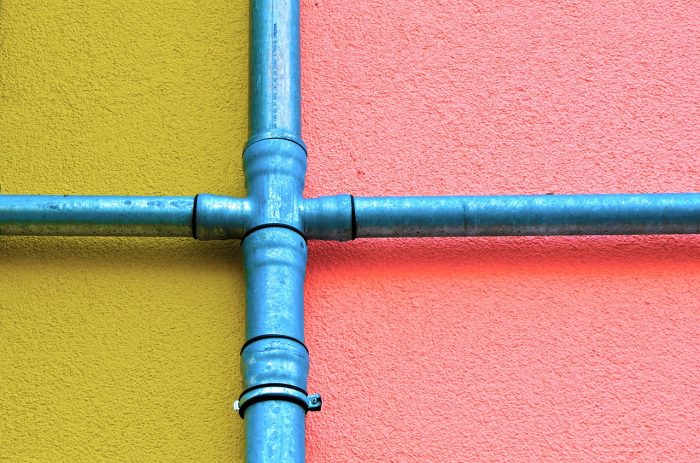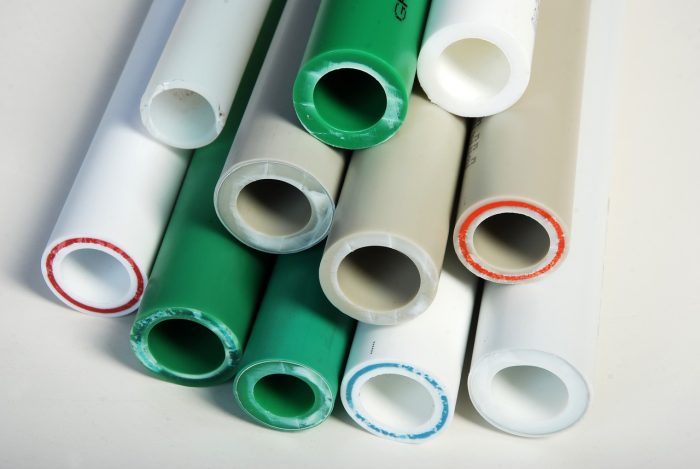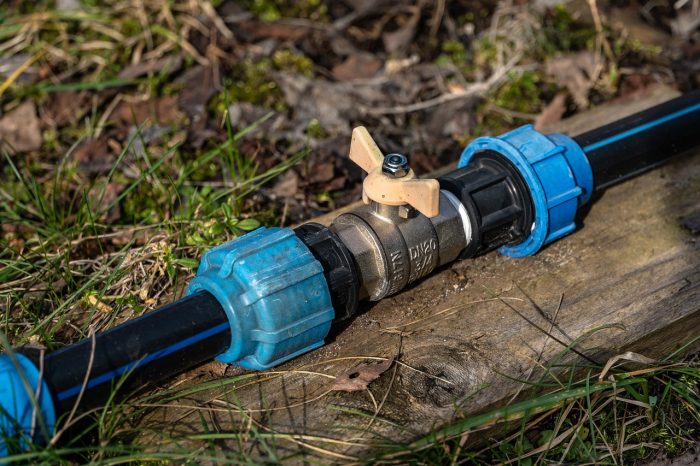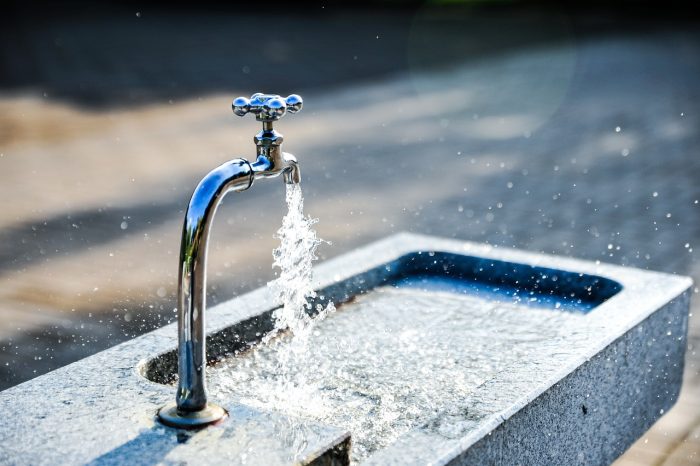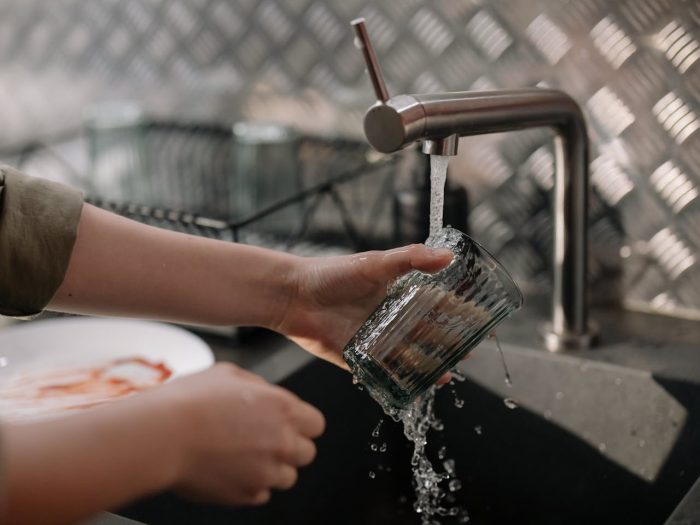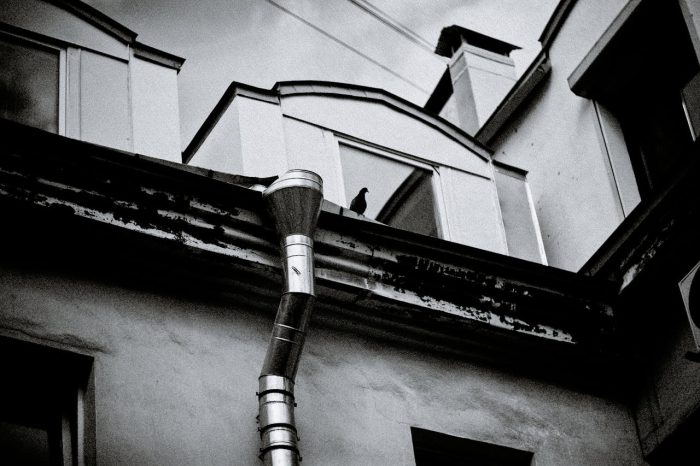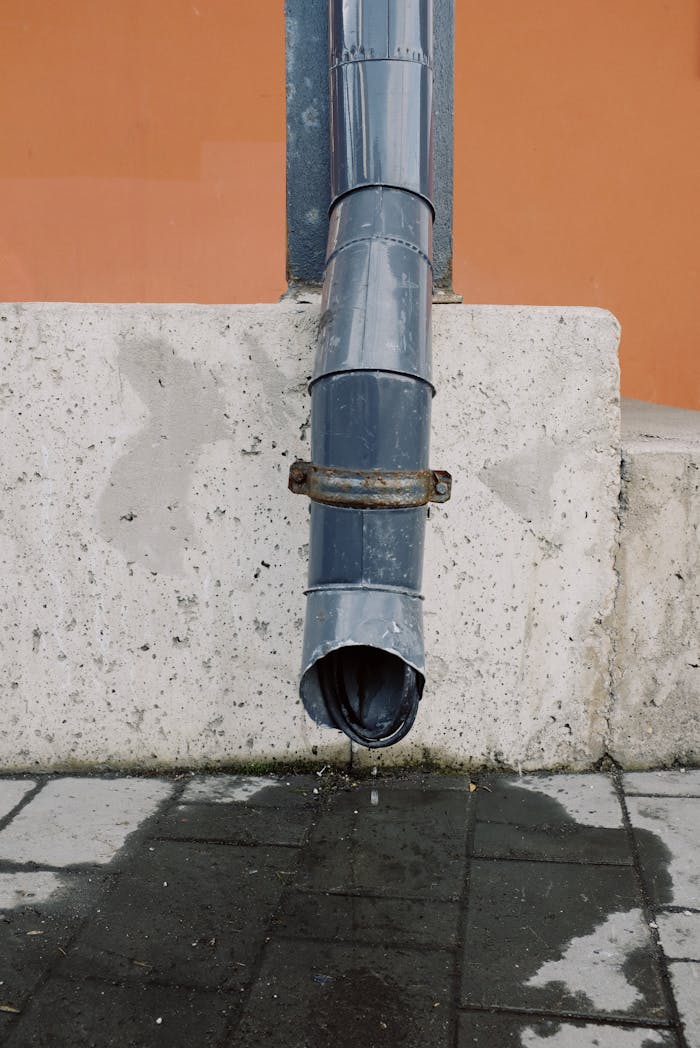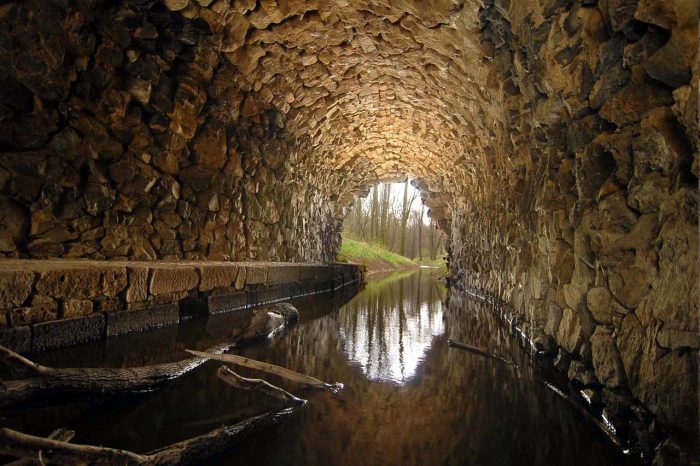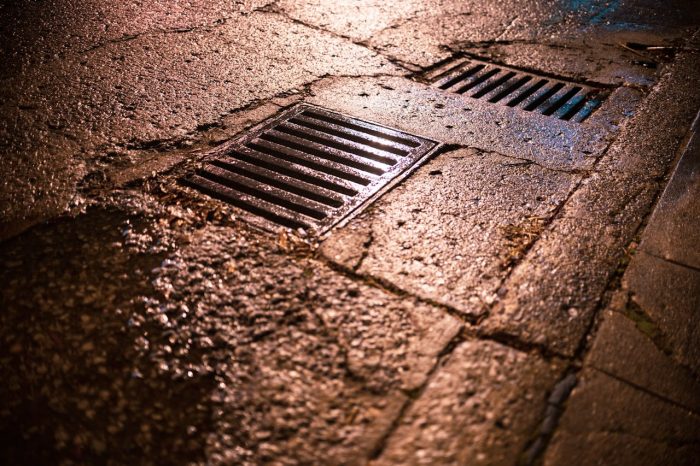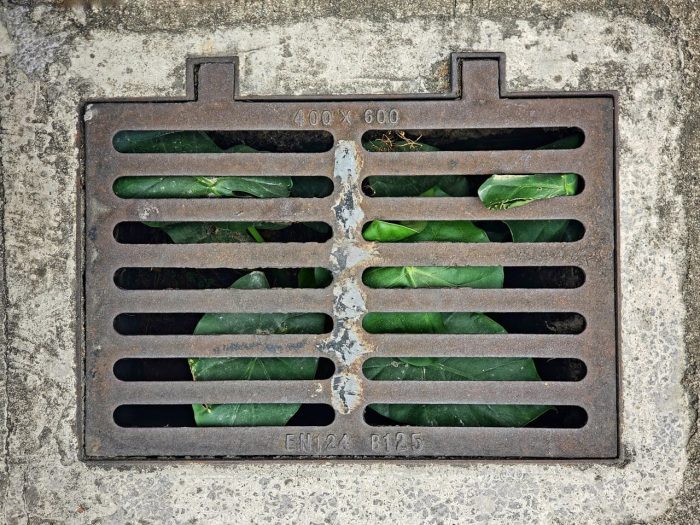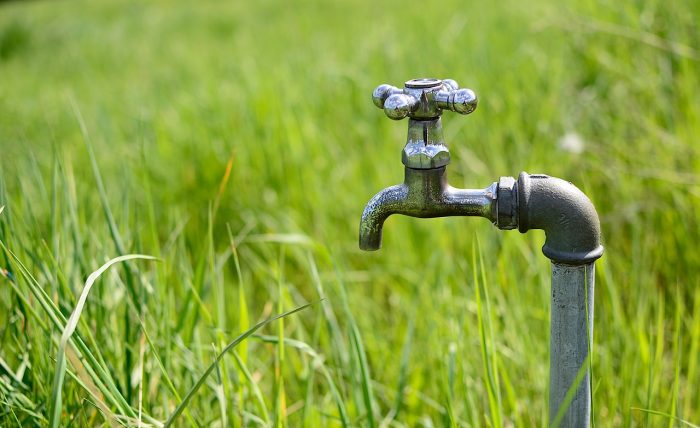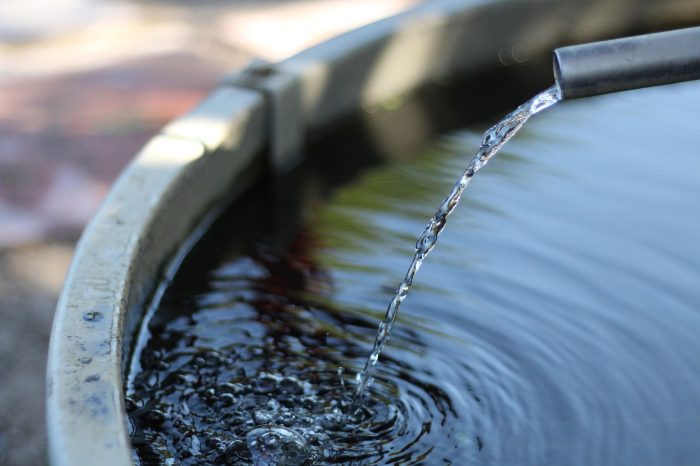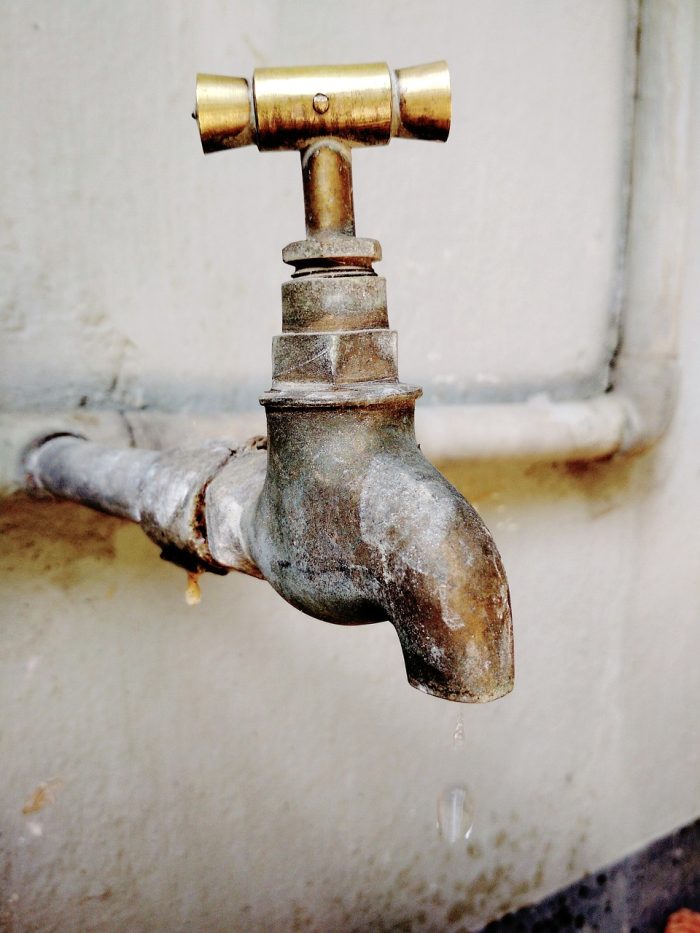
Within the larger topic of plumbing engineering, the design of plumbing for animal care facilities is a specialist area that requires careful consideration of the specific requirements of animals as well as the operations of such facilities. Animal hospitals and veterinary clinics, as well as research labs, kennels, and shelters, are all examples of the types of establishments that fall under this category. The primary goal is to create a secure, hygienic, and productive environment that benefits the animals’ health and well-being, as well as the needs of the staff members who are responsible for their care.
Key Considerations in Plumbing Design for Animal Care Facilities:
Zoos, animal shelters, and veterinary clinics all have specific plumbing requirements that need careful consideration throughout the design phase. Important factors to keep in mind are:
- Water Supply and Pressure
- Emergency eyewash stations, washing stations, and surgery sinks are just a few examples of fixtures that require special attention when planning water pressure. In larger animal care facilities, booster pumps might be required.
- Animals need access to clean water for medical, cleaning, and drinking purposes. For this reason, it’s important to keep the water supply steady and dependable.
- Compliance with Regulations
- In buildings that deal with biological or hazardous waste, make sure you get the appropriate plumbing licenses.
- Verify that the plumbing design satisfies all applicable health regulations, building codes, and veterinary care facility industry standards.
- Temperature Control
- It’s crucial to be able to control the water’s temperature in areas where animals and staff bathe or wash for their safety.
- Make sure there is enough hot water for animal care, sterilization, and cleaning. Properly sized water heaters are essential in buildings with expansive swimming pools.
- Zoning and Isolation
- To better manage and separate various sections, particularly in bigger buildings, it is recommended to divide the plumbing system into zones. This allows for the execution of repairs and maintenance without impacting the entire building.
- Plan the plumbing layout of quarantine animal care facilities that are ill or potentially infectious. In order to avoid contamination, it may be necessary to install separate drainage and water supply systems in these rooms.
- Durability and Maintenance
- When planning a plumbing system, keep repair and replacement of valves, pipes, and other components in mind and make sure they are conveniently accessible.
- Materials that are resistant to wear and corrosion, such as PVC or stainless steel, should be used in places that are constantly wet or exposed to chemicals.
- Specialized Fixtures
- For sensitive or high-traffic areas, foot-operated touchless faucets or controls are excellent choices for maintaining cleanliness and ease of use.
- Set up bathing stations with low-mounted fountains or bowls, elevated tubs, and bendable hoses.
- Noise Control
- To reduce the impact on animals, install noise-control features in plumbing systems. Some ways to accomplish this goal include avoiding systems that use high-pressure water or installing pipes that insulate sound.
- Environmental Considerations
- For example, you can install low-flow faucets, showerheads, and toilets to cut down on water usage.
- On-site treatment facilities and green waste management systems are two examples of eco-friendly trash treatment choices to think about.
- Sanitation and Hygiene
- There should be a specific spot for washing animals, cages, and tools that has a water source (both cold and hot), non-slipping flooring, and good drainage.
- Establish procedures for properly disposing of animal excrement, dung, and other biological waste products from medical procedures. To avoid contamination and blockages, specialized separators and traps are typically required.
- Surgical suites, examination rooms, and kennels require good drainage due to their frequent cleaning. Make sure the floor drains are well-spaced and can manage a lot of water.
- Backflow Prevention
- Hose bibbs and other fixtures should have vacuum breakers installed to avoid back-siphonage.
- Place backflow prevention devices to safeguard the potable water supply from potential contamination. This is particularly important in locations where animals are watered or cleaned using hoses or other fixtures.
Animal care facilities may provide a more comfortable environment for both animals and personnel by incorporating these concerns into the plumbing design. This also helps to ensure that the facility operates safely and in compliance with relevant legislation.
How to design a plumbing system for animal care facilities.
While designing the plumbing system for animal care facilities, it is necessary to have an in-depth understanding of the facility’s operational needs as well as the unique requirements of the animals. Below is a detailed outline of the plumbing system design process for this type of building:

- Understand the Facility’s Design and Requirements
- First, you should take stock of the facility by learning its design, animal count, activity categories (such as sheltering, grooming, and medical treatment), and busiest periods of operation.
- Make a note of the individual plumbing requirements for each room based on its use (e.g., grooming areas, surgical suites, kennels, examination rooms).
- Calculate your daily water consumption by adding up all of your animals, cleaning needs, and other activities.
- Design the Drainage System
- Ensure the proper connection of the onsite waste treatment system or the municipal sewer system. To ensure the safety of the building’s water supply, install backflow prevention devices.
- If you want to keep your grooming areas clear of obstructions, you should install hair and grease traps. Install solid waste interceptors in areas where animal feces are present to separate the solids from the liquid.
- For larger spaces like grooming rooms and kennels, trench drains that extend the entire length of a room are a good option to avoid water collecting.
- Install floor drains in surgical suites, washdown rooms, and kennels where water usage is frequent. If you want water to go away efficiently, your drains need to be the right slope and size.
- Implement Isolation and Zoning
- To stop the spread of disease, make sure that isolation rooms have their own water and drainage systems. Make sure that these places are well-served by potable water and appropriate sewage systems.
- Separate various parts of the building by designing the plumbing system into zones. This minimizes the possibility of cross-contamination and enables targeted maintenance.
- Noise and Vibration Control
- Pumps and pipes should have vibration dampeners and flexible connections installed. This measure aids in minimizing the transmission of vibrations through the building’s structure.
- To minimize the amount of noise that can be stressful for animals, you should insulate plumbing pipes using soundproof materials. Avoid placing high-pressure systems in sensitive areas.
- Plan the Water Supply System
- To make sure the main water supply line can manage the highest demand, you need to determine its size and capacity. Think about the activities and fixtures that demand different pressure levels.
- Plan out branch lines to divert water to various areas. Make sure that the pressure and flow are sufficient for each branch.
- Separate the cold and hot water lines and insulate them properly to keep the temperatures where you want them. Put in water heaters that are big enough to meet the demands of the building.
- Installing booster pumps can maintain uniform water pressure throughout the building. This is especially useful for larger facilities or those with high water demands.
- Ensure Sanitation and Hygiene
- Set up specialized sinks with running water so workers can wash their hands, protective gear, and tools.
- Consider systems for disposing of liquid and solid waste, with a particular emphasis on medical treatments’ biological waste. Follow all rules and laws regarding garbage disposal in your area.
- Emergency Provisions
- When planning for potential water shortages, it’s a good idea to have a storage tank or other backup water supply system ready to go.
- Installing emergency shut-off valves in key locations will enable quick isolation of plumbing system components in the event of a leak or other emergency.
- Backflow Prevention
- Install backflow preventers on all fixtures connected to the potable water supply. This is especially crucial in areas where people use washing machines or hoses.
- To further prevent back-siphonage and contamination, make sure that the plumbing design has air gaps.
- Material Selection
- Make sure that fixtures and pipes in locations that get a lot of cleaning chemicals can handle it.
- PEX, CVPC, stainless steel, and CPVC pipes are good choices because they are resistant to wear, corrosion, and chemicals.
- Energy and Water Efficiency
- Think of a way to collect and repurpose rainwater for things like cleaning and landscaping if that’s an option.
- To save water and make things work better, install a system that recirculates hot water.
- Upgrade to low-flow fixtures like showerheads, toilets, and faucets.
- Integrate Specialized Equipment and Fixtures
- Installing sinks with foot-operated or touchless controls helps keep surgical suites clean. Give each piece of sterilization equipment and emergency eyewash stations their own water line.
- Set up automated watering systems or low-mounted drinking fountains adapted to the requirements of various animals.
- Make sure there is sufficient drainage, non-slip surfaces, and flexible hoses for the wash stations. Water should be available at all times, with the capacity to regulate the temperature.
- Compliance with Regulations
- To guarantee compliance, get the required permissions and arrange for inspections at several points throughout the construction process.
- When it comes to safety and health, be sure to follow the rules laid down by groups like animal care organizations and veterinary groups.
- Verify that the plumbing in the facility complies with all applicable municipal rules and construction codes.
- Maintenance and Accessibility
- To make identifying and troubleshooting controls, valves, and pipes much easier, be sure to clearly name them.
- In locations that need plumbing repairs or inspections often, install access panels to make maintenance easier.
Incorporating the facility’s unique requirements into the design process will allow you to create a plumbing system that is long-lasting, effective, and safe for the animals and employees.
Benefits of having a good plumbing design for animal care facilities
To keep an animal care facility efficient, safe, and clean, it is essential to have a well-planned plumbing system. Here are a few important advantages:
Ecological Benefits
- Effective waste disposal systems support more extensive environmental preservation initiatives, protecting nearby water sources from pollution.
- Efficient plumbing systems not only reduce water waste, but also encourage eco-friendly measures such as greywater recycling and rainfall harvesting, which can help the facility leave a smaller ecological footprint.
Efficient Water Management
- A well-designed plumbing system efficiently uses water, reduces waste, and lowers utility bills. Animal shelters, veterinary clinics, and kennels are examples of facilities with high water consumption; therefore, this is very crucial for them.
- It ensures that water is promptly available wherever needed, whether for drinking, cleaning, or medical needs, without needless interruptions or delays.
Operational Efficiency
- Plumbing issues, including clogs and leaks, can halt operations. A well-planned system can minimize the frequency of maintenance needs and the probability of such problems.
- It makes cleaning and disinfecting easier and faster, which means more time for personnel to focus on other important activities.
Enhanced Animal Welfare
- Animals’ health depends on having access to clean water at all times, and a steady water supply guarantees this.
- When there are good drainage systems in place, standing water or floods don’t harm or inconvenience animals. Ensuring proper drainage is essential for keeping living spaces dry and comfortable.
Cost Savings
- An excellent design takes the facility’s potential for growth into account. This makes it simple to add on or improve without causing significant delays or additional expenses.
- Proper plumbing minimizes water waste, leading to substantial savings over time. Repairs and emergency adjustments might be costly, but they are unnecessary with efficient systems.
Enhanced Hygiene and Sanitation
- Upholding cleanliness requirements is crucial for the well-being of both animals and employees. This is achievable with readily available clean water for washing and disinfecting.
- Proper plumbing ensures efficient waste collection, thereby reducing the risk of contamination and disease spread. This is critical in animal housing because it prevents harmful pathogens and bacteria from accumulating.
Compliance with Regulations
- Animal care facilities must comply with local health and safety regulations, which typically include strict guidelines for sanitation, water quality, and waste disposal, and good plumbing design is a key component in meeting these standards.
- Compliance with these regulations enables both operating within the law and minimizing the risk of legal complications.
Disadvantages of poor plumbing design for animal care facilities
In animal care facilities, poorly planned plumbing can cause a number of serious issues, including:
- Compromised Sanitation and Cleaning
- Ineffective plumbing system cleaning can compromise the sanitary conditions in animal enclosures.
- Animals are more likely to contract and spread diseases in filthy environments.
- Improper Drainage
- Bad waste management practices or standing water can cause bad smells and encourage bacteria growth, which can harm animals.
- Water accumulation in animal enclosures due to inefficient drainage systems may cause filthy conditions and discomfort for the animals.
- Non-compliance with Regulations
- Penalties, legal action, or even closure may result from a facility’s inability to fulfill the mandatory plumbing requirements for animal care facilities.
- Noncompliance with health codes, which can happen when plumbing isn’t up to par, noncompliance with health codes can lead to fines or even accreditation revocation.
- Cross-Contamination
- Inefficient waste management due to a poorly planned system could result in health risks.
- The danger of disease transmission among animals is increased when clean and waste water lines are not adequately separated, which can lead to cross-contamination.
- Stress on Animals
- Animals, particularly those that are especially vulnerable to temperature fluctuations, may not be comfortable or healthy if the water temperature is not consistently maintained owing to design defects.
- Uninstalled plumbing systems can cause vibrations and noise, which can stress animals.
- Inefficient Use of Resources
- If the design is inadequate, operating expenses may rise due to the need to use more energy for water heating and cooling.
- Unnecessary water waste due to inefficient systems or leaks can be expensive and harmful to the environment.
- Insufficient Water Supplies
- Inadequate water supply for necessary activities like drinking, cleaning, and other functions might be the consequence of poor architecture that causes water pressure to be uneven.
- When pollutants enter the water supply as a result of a malfunctioning plumbing system, animals’ health is at risk.
- Maintenance Costs are High
- The frequency of leaks, blockages, and other problems increases due to poor design, which in turn increases the cost of maintenance and repairs.
- Due to inefficient water usage and waste management, utility bills can rise, making running the facility more expensive.
Conclusion
Creating comfortable and safe spaces for animal care requires careful consideration of several factors, one of which is plumbing design. It requires a thorough understanding of plumbing systems and animals and their caretakers.

